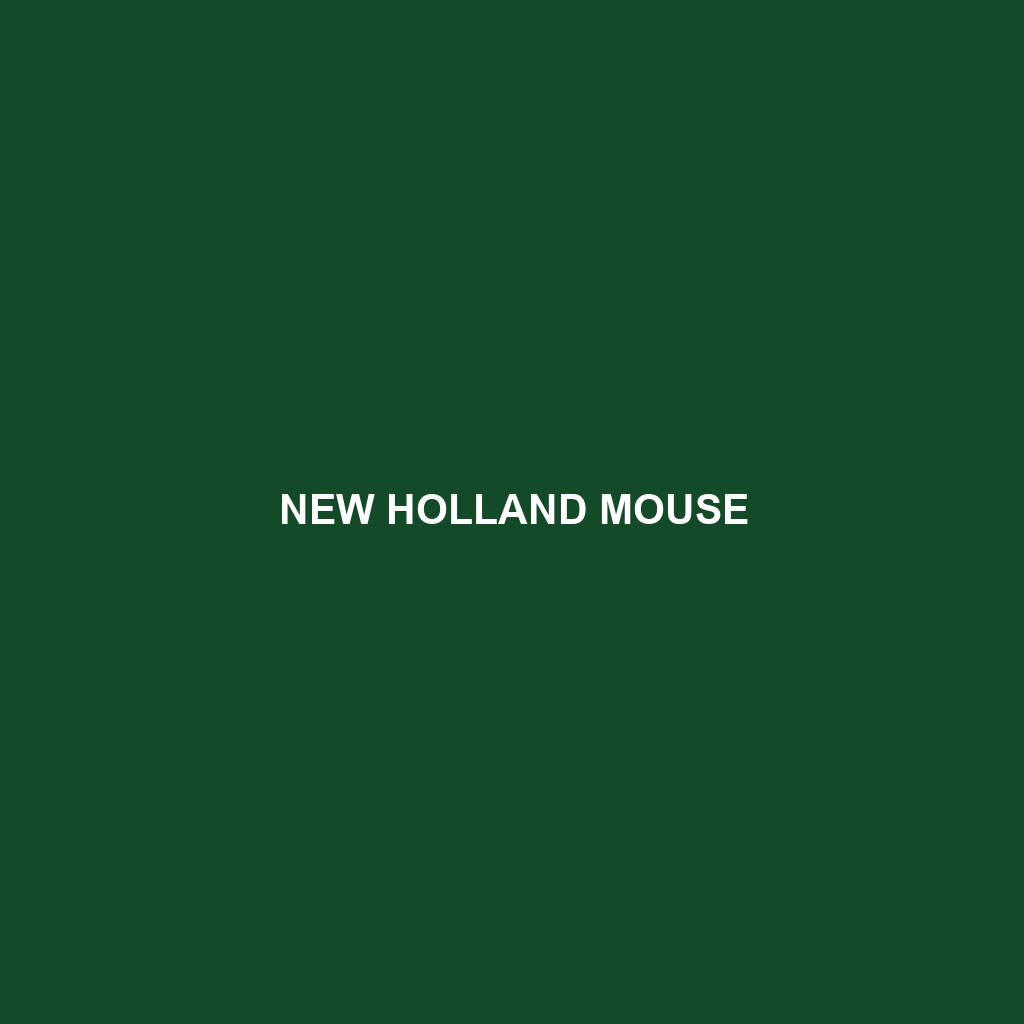Common Name: Rothschild’s Zokor
Scientific Name: Myospalax fontanierii
Habitat:
Rothschild’s Zokor is primarily found in the high-altitude grasslands and montane regions of central and western China. This burrowing mammal thrives in moist, nutrient-rich soils, often favoring areas near rivers, streams, and wetlands. Its distribution extends to the Tibetan Plateau, where it plays a crucial role in the local ecosystem.
Physical Characteristics:
Rothschild’s Zokor typically measures around 22 to 30 centimeters in length, with a robust and cylindrical body that is well-adapted for life underground. Its fur is dense and soft, predominantly brown to dark brown, providing excellent camouflage against the soil. Notable features include small, almost imperceptible eyes and powerful forelimbs equipped with long claws, which are ideal for digging.
Behavior:
This species is predominantly solitary and exhibits nocturnal behavior, which helps it avoid predators. Rothschild’s Zokor is an exceptional digger, creating extensive burrow systems that can be several meters deep. These burrows provide shelter and serve as a network for foraging. Their territorial nature often leads to aggressive interactions with others of their kind, especially during mating season.
Diet:
Rothschild’s Zokor mainly feeds on roots, tubers, and other underground plant parts, playing an essential role in aerating the soil as they forage. Their diet is largely herbivorous, and they have developed specialized teeth to efficiently gnaw through tough plant materials. These feeding habits not only support their survival but also facilitate nutrient cycling within their habitat.
Reproduction:
Rothschild’s Zokor breeds once a year, with the mating season typically occurring in spring. After a gestation period of about three weeks, females give birth to a litter of 2 to 5 young, which are born blind and hairless. The young are weaned after approximately three weeks and begin to venture outside of the burrow as they grow, learning foraging skills from their mother.
Conservation Status:
The Rothschild’s Zokor is currently classified as vulnerable due to habitat loss and degradation caused by agricultural expansion and climate change. Conservation efforts are crucial to ensure the survival of this unique species, which contributes significantly to its ecosystem.
Interesting Facts:
This species is named after Lord Rothschild, a British zoologist and philanthropist who contributed significantly to the study of mammalian biodiversity. Rothschild’s Zokor is also notable for its ability to create complex subterranean tunnel systems, sometimes spanning several kilometers in length, which greatly influence the landscape of their habitats.
Role in Ecosystem:
Rothschild’s Zokor plays a vital role in maintaining soil health and structure through its digging activity. By aerating the soil, it enhances water infiltration and promotes root growth for various plant species. Additionally, as a herbivore, it influences plant community dynamics and serves as prey for a variety of carnivorous species, thus contributing to the ecological balance of its habitat.
